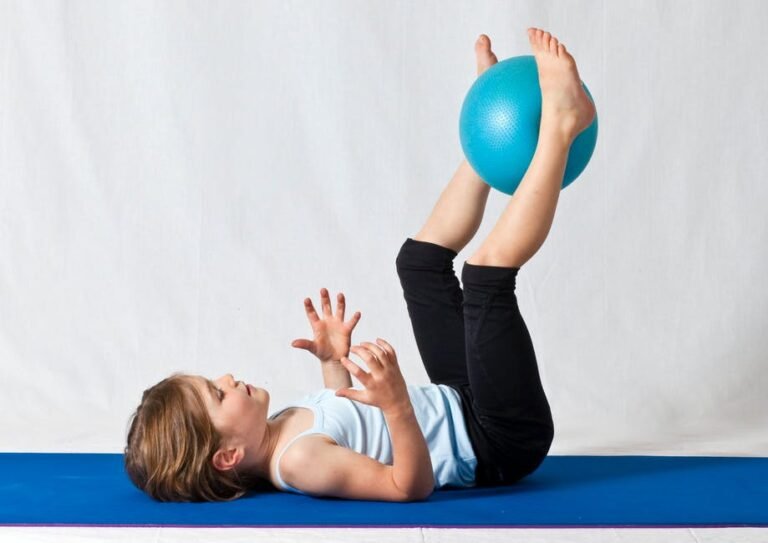Envision your child gracefully balancing on a beam or executing a flawless somersault. Gymnastics is more than strength.
It builds confidence, discipline, and resilience from a young age. Starting your child’s gymnastics journey can be both exciting and daunting.
Read on to learn how you can help a small child develop strength and confidence through gymnastics.
Building Confidence
Gymnastics is a challenging sport that requires both mental and physical toughness. As a parent, you can support a small child in building their self-esteem and confidence by being their biggest cheerleader. Encouragement and positive reinforcement can go a long way in helping your child feel confident in their abilities.
One way to build confidence is by setting achievable goals. Achieving each goal will make children proud. It’ll boost their self-confidence.
Gymnastics skills for beginners can include simple tasks like balancing on a beam or learning a basic handstand. These small successes can motivate your child to take on bigger challenges.
Developing Strength
Gymnastics is an excellent way to develop strength and coordination in young children. Gymnastics uses equipment like bars, beams, and mats. It lets kids work different muscles and improve their balance and flexibility.
Simple exercises, like jumping, rolling, and stretching, can be done at home. They will build strength for more complex gymnastic moves later.
As your child participates in gymnastics classes, they will naturally work on core strength, upper body strength, and leg power. Fun gymnastics activities, like cartwheels and handstands, are great for building these key muscles.
You can also add fun exercises, like animal walks (e.g., bear crawl, crab walk). They will make strength-building more enjoyable for your child.
Fostering Discipline
Gymnastics requires a great deal of discipline and focus. As children learn new skills and routines, they must follow precise instructions and pay attention to details.
This process instills a sense of discipline in young minds, teaching them the value of hard work and dedication. As a parent, you can help foster this discipline by setting clear expectations and boundaries for your child.
For example, you can establish a routine for practicing gymnastics at home or set designated times for attending classes. By sticking to a schedule, your child will learn the importance of commitment and consistency. Also, urge them to listen to their coaches and try their best in every practice.
Cultivating Resilience
Gymnastics is not an easy sport; it requires perseverance and resilience in the face of challenges. As children advance in gymnastics, they will face frustration and disappointment.
They will struggle to master new skills or improve their performance. These moments teach kids resilience. Setbacks are part of learning.
The first gymnastic class can help kids build resilience. They will navigate a new environment and interact with peers. As they continue their gymnastics journey, they will also learn how to handle competition and setbacks gracefully.
Encouraging a Positive Mindset
A positive mindset plays a crucial role in a child’s gymnastics journey. Encouraging your child to maintain an optimistic outlook, even in the face of challenges, can significantly impact their performance and enjoyment of the sport.
Help them focus on their progress rather than perfection, celebrating small victories and milestones along the way.
Helping a Small Child
Gymnastics offers numerous physical, mental, and emotional benefits for young children. As a parent, you can support a small child development by encouraging them. By doing so, you will not only help your child excel in gymnastics but also set them up for success in life.
Did you find this helpful? Don’t forget to visit our website and read more.





